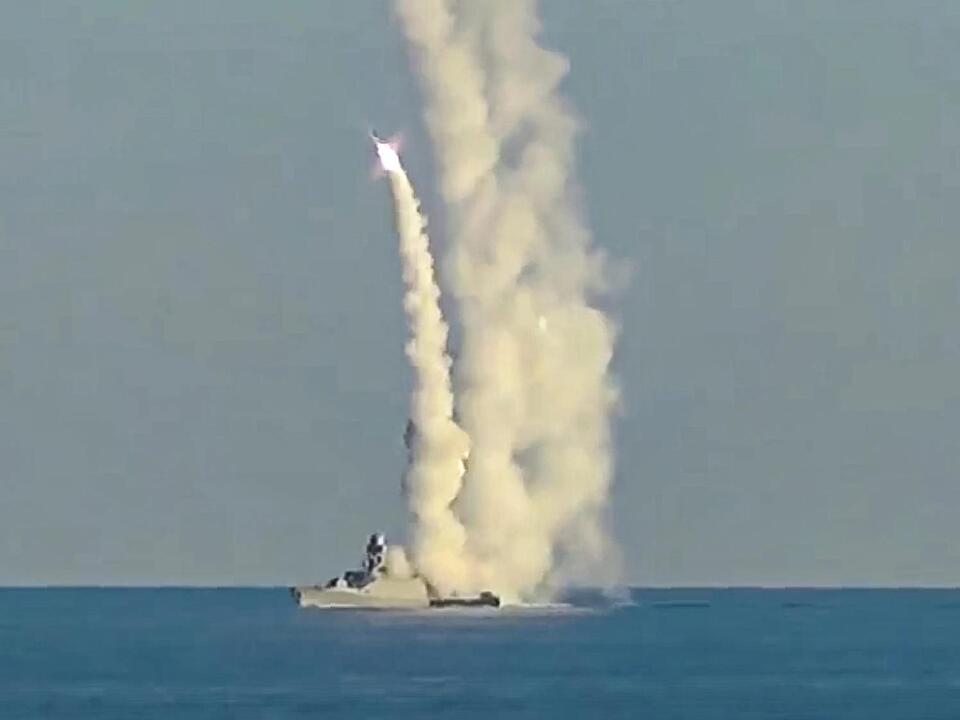Physical Address
304 North Cardinal St.
Dorchester Center, MA 02124
Physical Address
304 North Cardinal St.
Dorchester Center, MA 02124

In a significant escalation of hostilities, Russia executed its largest air assault on Ukraine to date on Monday, unleashing hundreds of missiles and drones in a comprehensive attack targeting key infrastructure across the country. Ukraine’s defense forces reported that they faced an overwhelming barrage in what has been labeled the most extensive aerial bombardment since the onset of the conflict.
According to Ukraine’s air force, a total of 127 missiles were launched from various platforms — including aircraft, land units, and naval vessels — accompanied by 109 unmanned aerial vehicles (UAVs). The Ukrainian military successfully intercepted and destroyed a substantial number of these threats, claiming to have downed 102 missiles and 99 drones during this intense confrontation.
The attack resulted in the tragic deaths of at least seven individuals, with numerous others injured, as confirmed by the State Emergency Service of Ukraine on Monday evening. This loss underscores the devastating impact of the ongoing conflict on civilian life.
Among the arsenal employed in the assault were 28 Kalibr cruise missiles, which were launched from both surface warships and submarines positioned in the eastern Black Sea. This deployment demonstrates that the Russian Black Sea Fleet, despite suffering significant losses, remains capable of executing large-scale military operations against Ukraine.
Since the beginning of the war, Ukrainian forces have claimed to have sunk, damaged, or destroyed around one-third of the Russian Black Sea Fleet. This achievement holds considerable significance, particularly as Ukraine lacks a conventional naval strength. To counter the maritime threat, Ukraine has strategically relied on domestically developed naval drones and anti-ship missiles, engaging in an asymmetric warfare approach.
The impact of Ukraine’s military initiatives has pressured the Black Sea Fleet to alter its operational strategies. As a result, the fleet has shifted its base of operations from its headquarters in the Crimean Peninsula, opting for locations in the eastern region closer to Russian territory, where the missiles were launched on the day of the attack.
Ukrainian naval officials have previously noted that Russia maintains a formidable presence in the Black Sea, comprising a mix of missile carriers, submarines, and patrol boats. This assertion was corroborated just a few weeks ago when three Russian cruise missile submarines were identified in the broader Black Sea area.
Moreover, during this extensive assault, Russia employed various platforms to launch ballistic and cruise missiles, including strategic bombers like the Tu-95 and advanced fighter-bombers such as the Su-34 and Su-57. Ukrainian forces reported achieving a notable interception success, stating they shot down 201 out of the 236 aerial threats posed during the attack.
While these claims made by Ukraine remain unverified by independent sources, the gravity of the military engagement highlights the ongoing volatile situation. The scale and intensity of this airstrike reflect the ongoing tensions and the potential for further escalations in hostilities.
In statements regarding the defense efforts, Lt. Gen. Mykola Oleshchuk, commander of Ukraine’s air force, emphasized that the nation utilized “all available weapons and equipment” to counter the aerial assault. This comprehensive response involved various military branches, including aviation, anti-aircraft missile forces, mobile fire units, and electronic warfare divisions.
John Kirby, a spokesperson for the White House National Security Council, commented on the situation, affirming the U.S. commitment to bolstering Ukraine’s air defense capabilities. He noted that Ukraine’s air defense performed commendably during the recent attacks, successfully intercepting a significant portion of the incoming threats, but acknowledged that some missiles did manage to penetrate the defenses.
The situation remains critical as the conflict continues to unfold, and ongoing military engagements underscore the heightened risks faced by both military personnel and civilians caught in the crossfire.
Source: Business Insider



